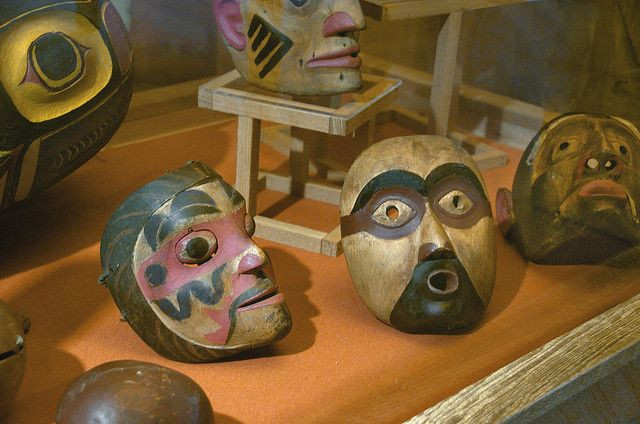The Original Americans: 6,000 Year Heritage Of Native Americans Confirmed By Advanced Genetics And Ancient Remains

Scientists from the U.S. and Canada have found a direct genetic link between Native Americans living today and their ancient predecessors who inhabited the continent over 5,000 years ago.
"This is the beginning of the golden era for ancient DNA research because we can do so much now that we couldn't do a few years ago because of advances in [gene] sequencing technologies," said molecular anthropologist Dr. Ripan Malhi from the University of Illinois, who led the analysis. Malhi noted that the precipitous drop in the price of gene sequencing allowed this study to happen.
The key to making this genetic bridge to the past was mitochondria, which are tiny "powerhouses" that provide each of our cells with energy. Somme human cells carry a huge number of mitochondria - there are between 1,000-2,000 in liver cells.
Mitochondria are special in that they come equipped with their own DNA that is separate from the genetic material found in the nucleus. The sheer abundance of mitochondria makes it easier and more likely to detect in human remains. Fathers do not pass along their mitochondrial DNA, so it can only be used to track maternal lineages.
The researchers traveled to the coast of British Columbia, Canada and isolated mitochondrial DNA samples from human remains discovered at archaeological grave sites.
Genetic material was collected from four corpses that had been buried between two to six millennia ago. This DNA was then compared to mitochondrial genes isolated from three living Native Americans from the area. The region is populated by the indigenous Tsimshian, Haida, and Nisga'a tribes, although it was Tsimshian-speaking descendents within the Metlakatla tribe who aided in the study. Tsimshians, who inhabited both British Columbia and Alaska, claim one of the oldest continuous cultural heritages in the New World.
Direct links were found between modern Metlakatlans and ancient human remains. One living participant was tied to a woman who lived on Dodge Island, near the city of Prince Rupert, about 2,500 years ago. This corpse was linked to an even more ancient woman who was unearthed near a primitive house; both the house and the woman were in their prime about 6,000 years ago.
Nearly all Native Americans can trace their ancestry to six women who crossed the Bering Strait about 20,000, according to prior genetic research. Dr. Malhi's endeavors should provide a more descriptive picture of how lineages split after those first humans arrived.
"Archaeology is one important source of information about the past, and oral traditions give us a lot of verifiable information about the past cultural events and patterns," said Dr. David Archer, an anthropology professor at Northwest Community College in Prince Ruper.
Since the 1960s, Archer and co-author Jerome Cybulski, of the Canadian Museum of Civilization in Gatineau, Quebec, have recovered and analyzed human remains and ancient structures in the region around Prince Rupert.
Archer concluded: "But the genetic information is something that is immediately recognizable. If somebody is told that their DNA links to somebody who was present 2,500 years ago and also to someone who was present 5,500 years ago, you can summarize that in a sentence and it's very easily understood and it's exciting."
Source: Cui Y, Lindo J, Hughes CE, et al. Ancient DNA Analysis of Mid-Holocene Individuals from the Northwest Coast of North America Reveals Different Evolutionary Paths for Mitogenomes. PLoS One. 2013.



























